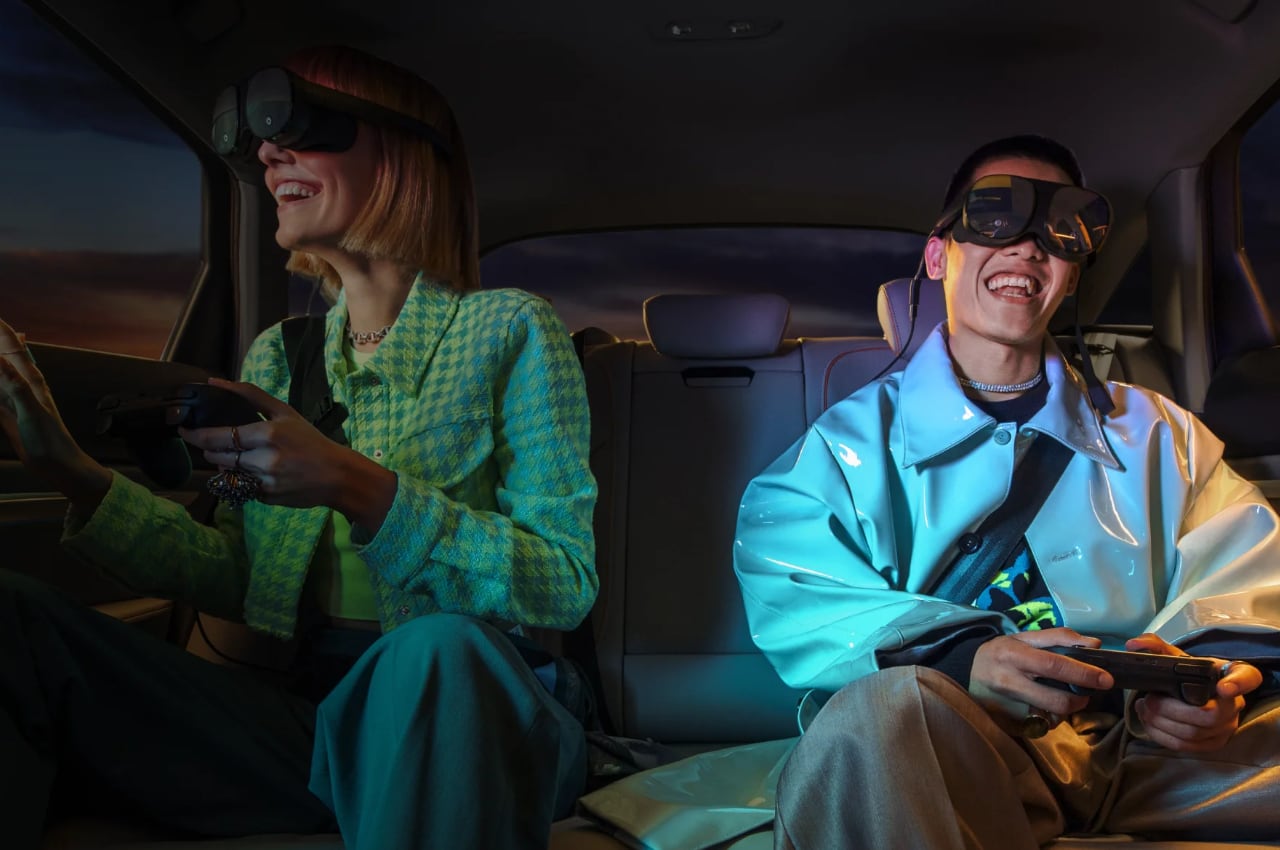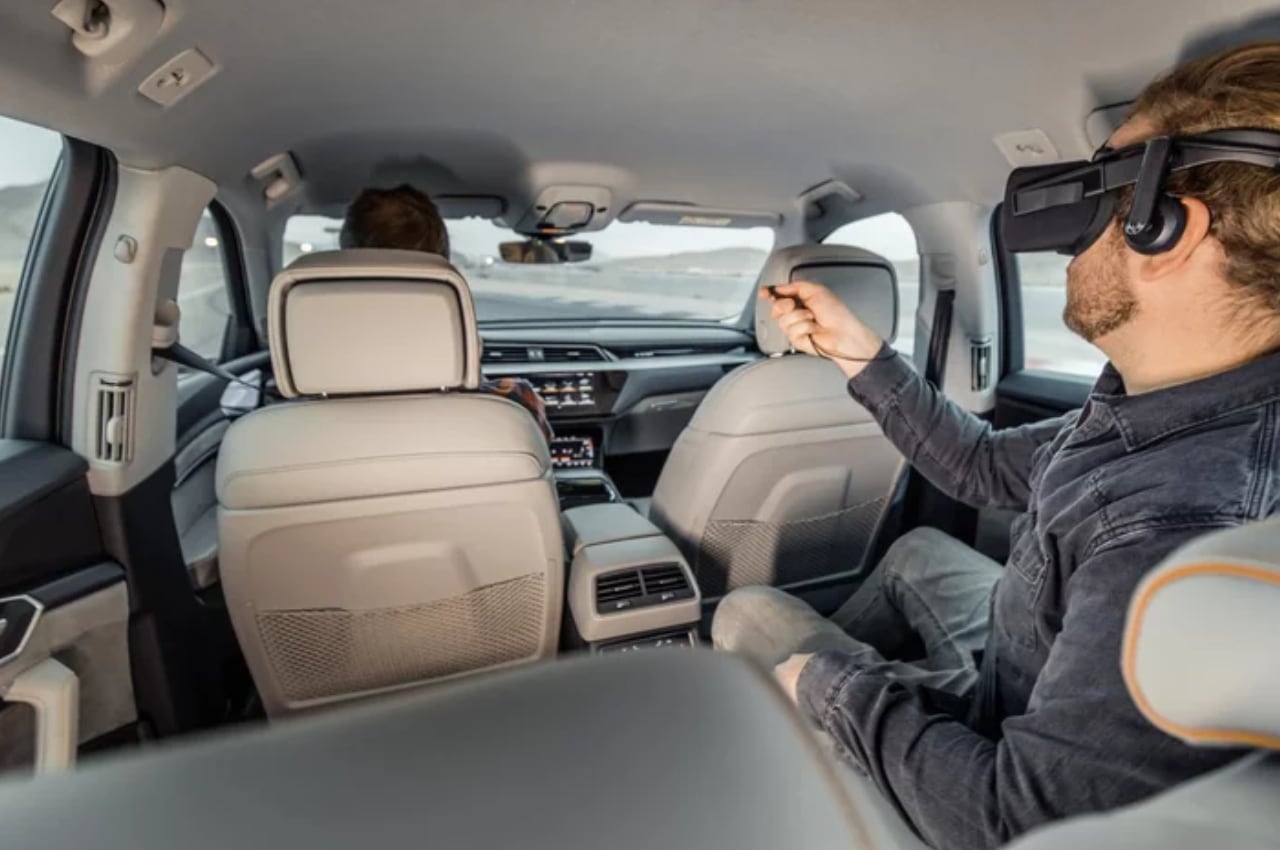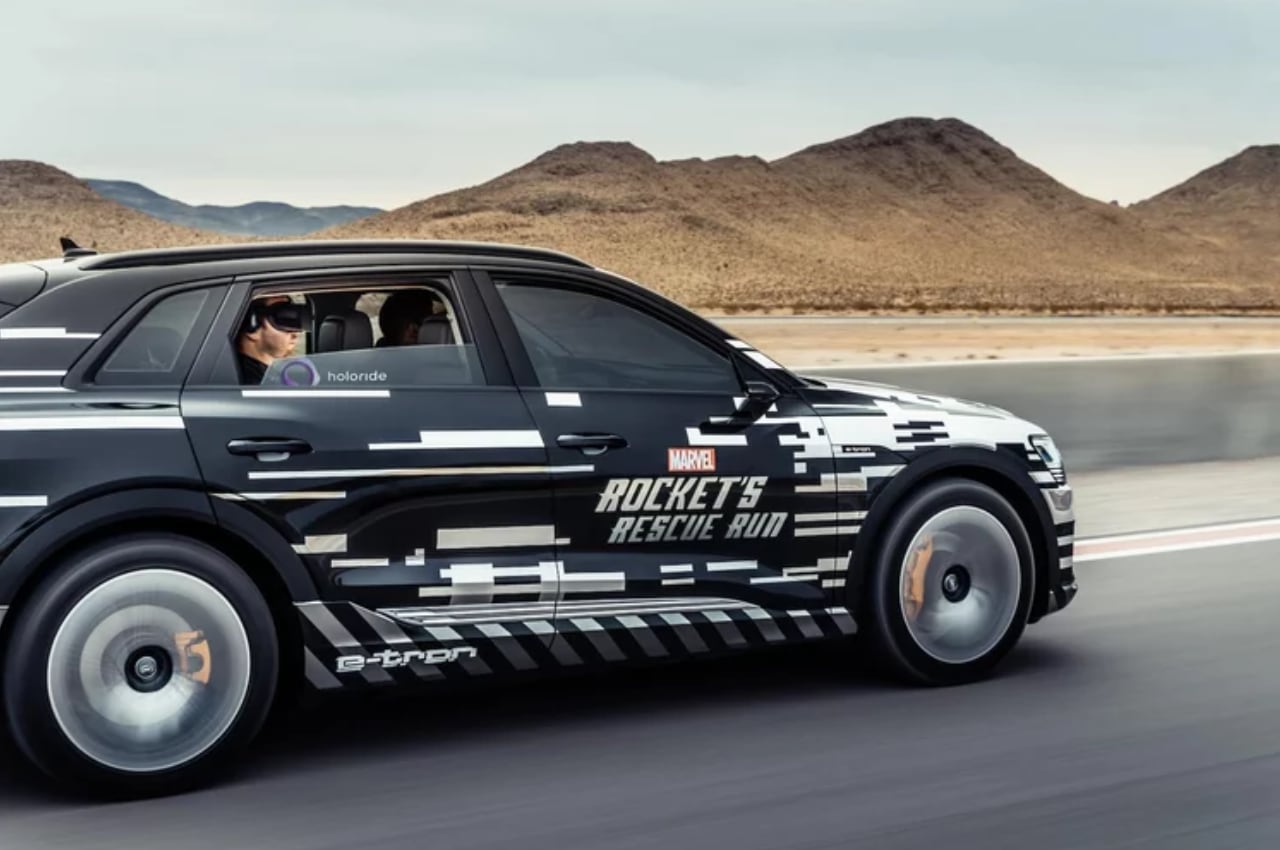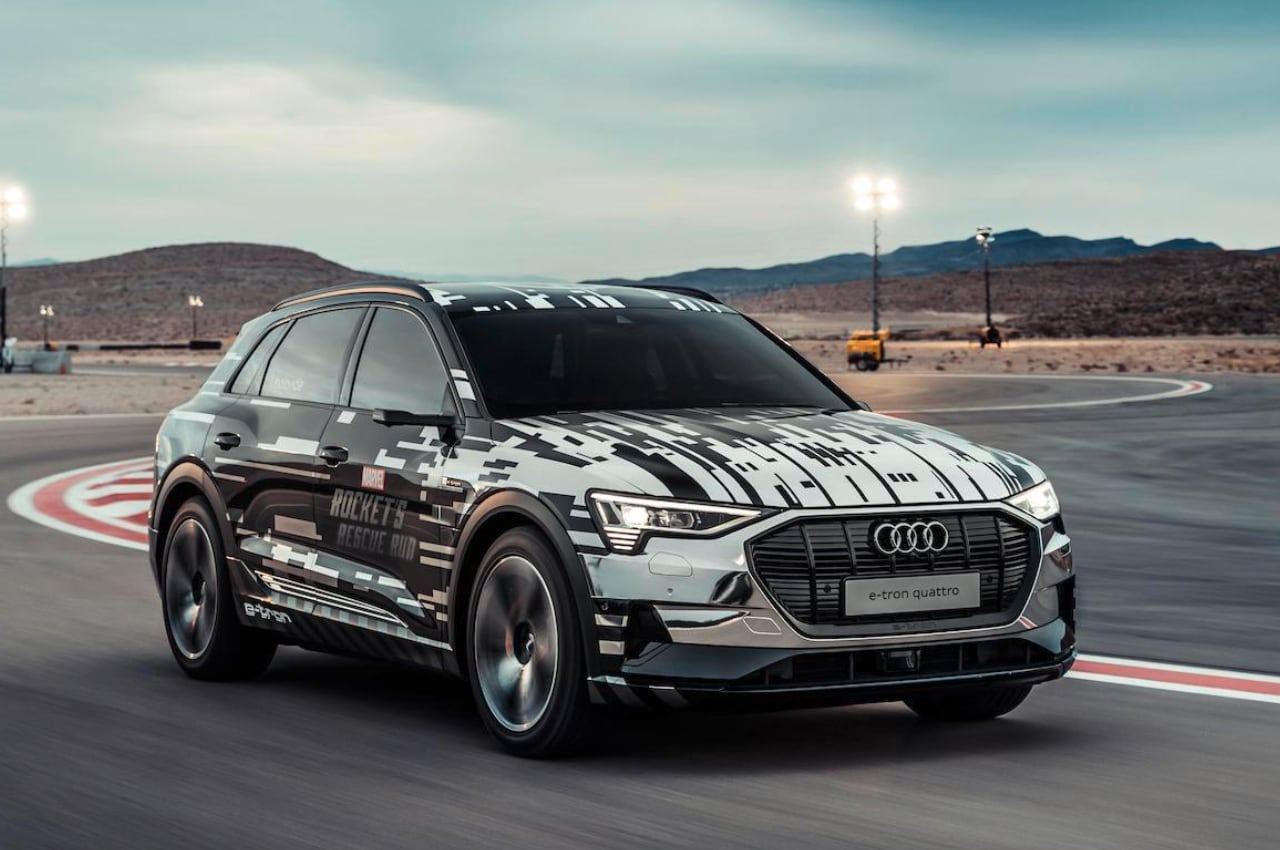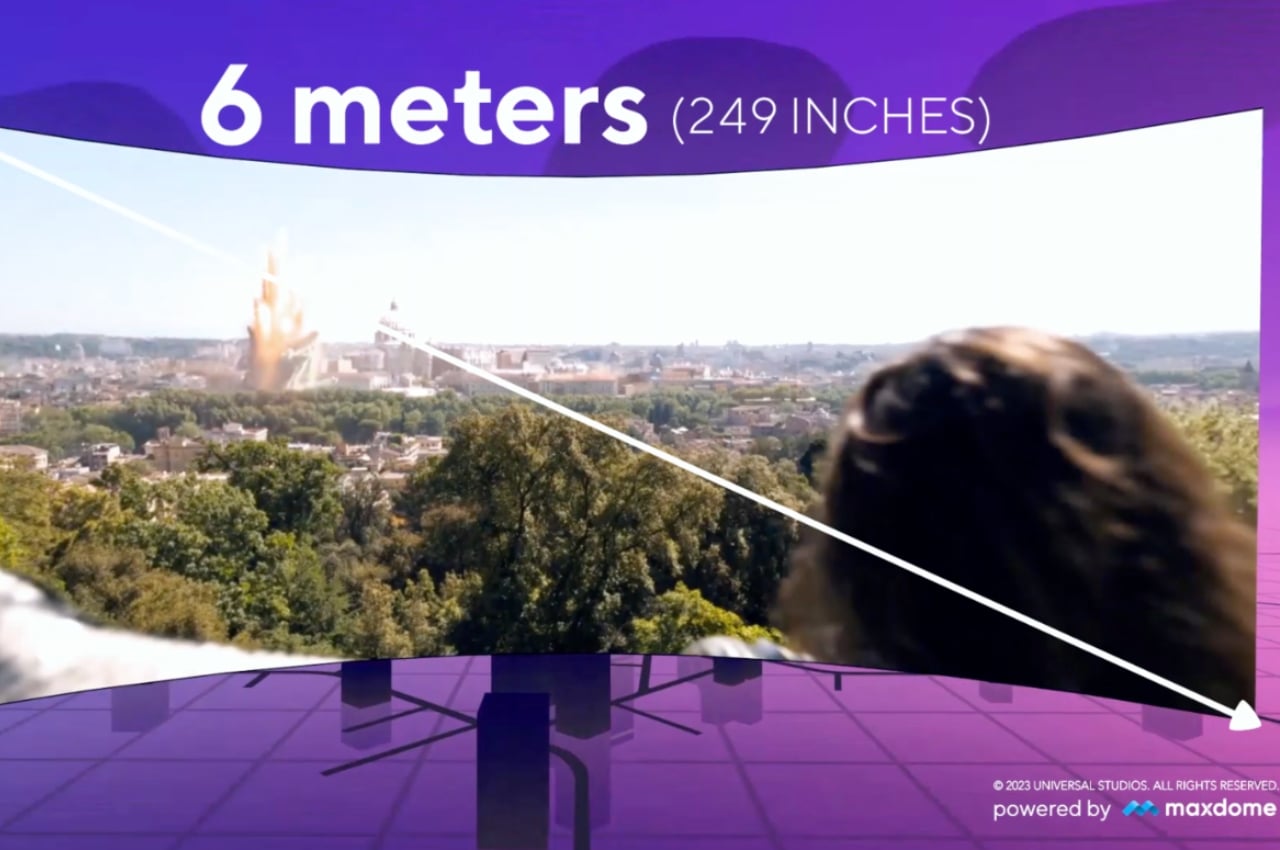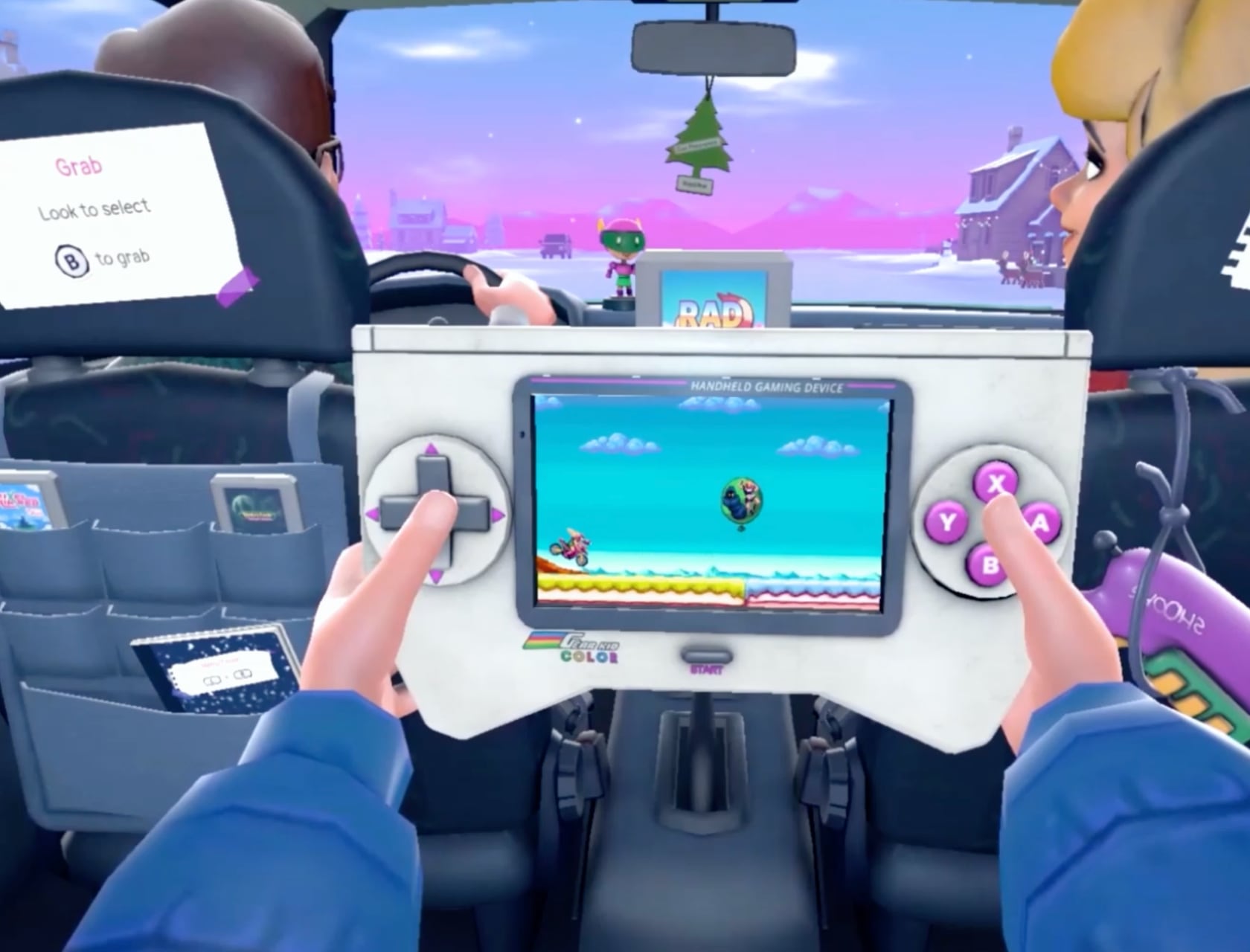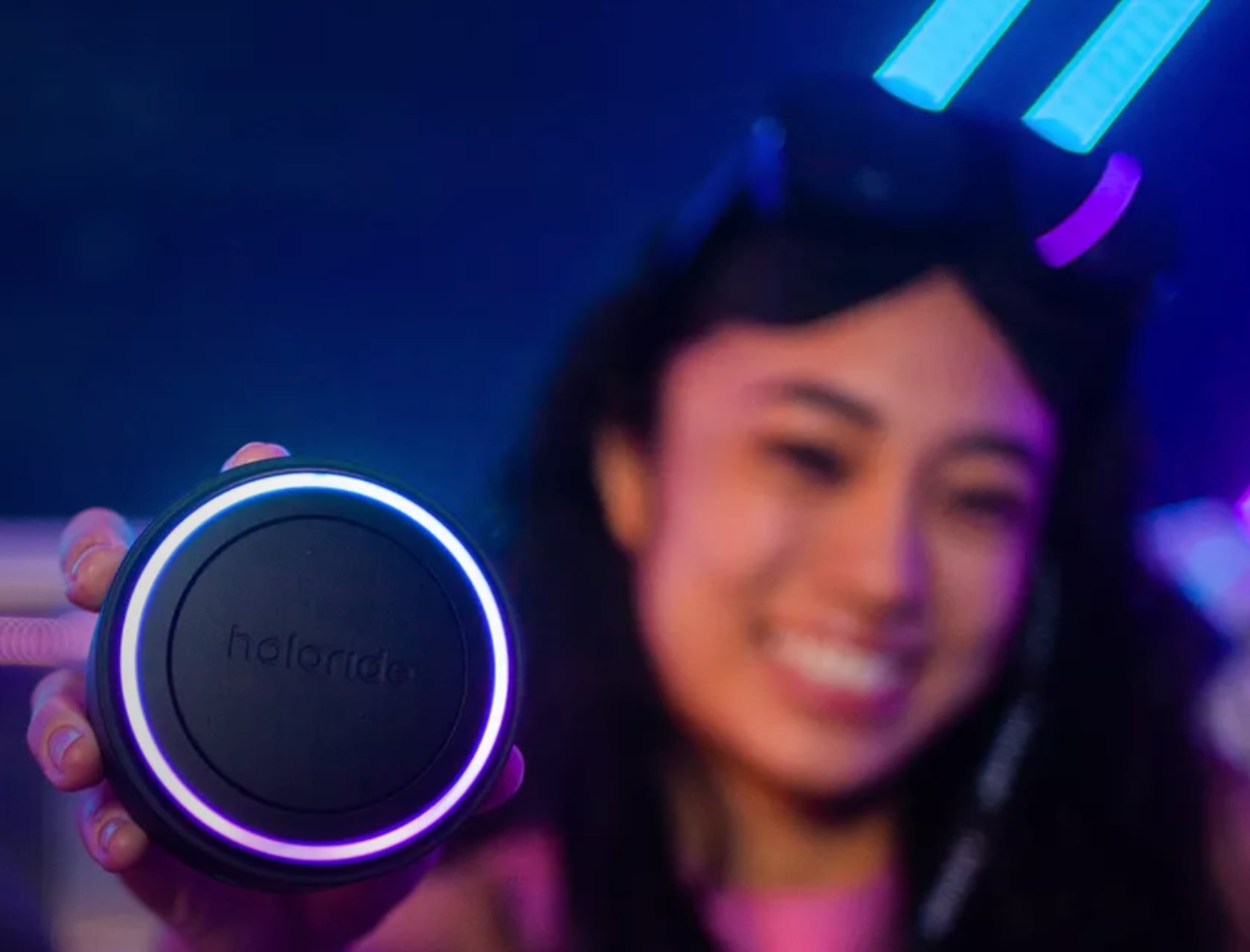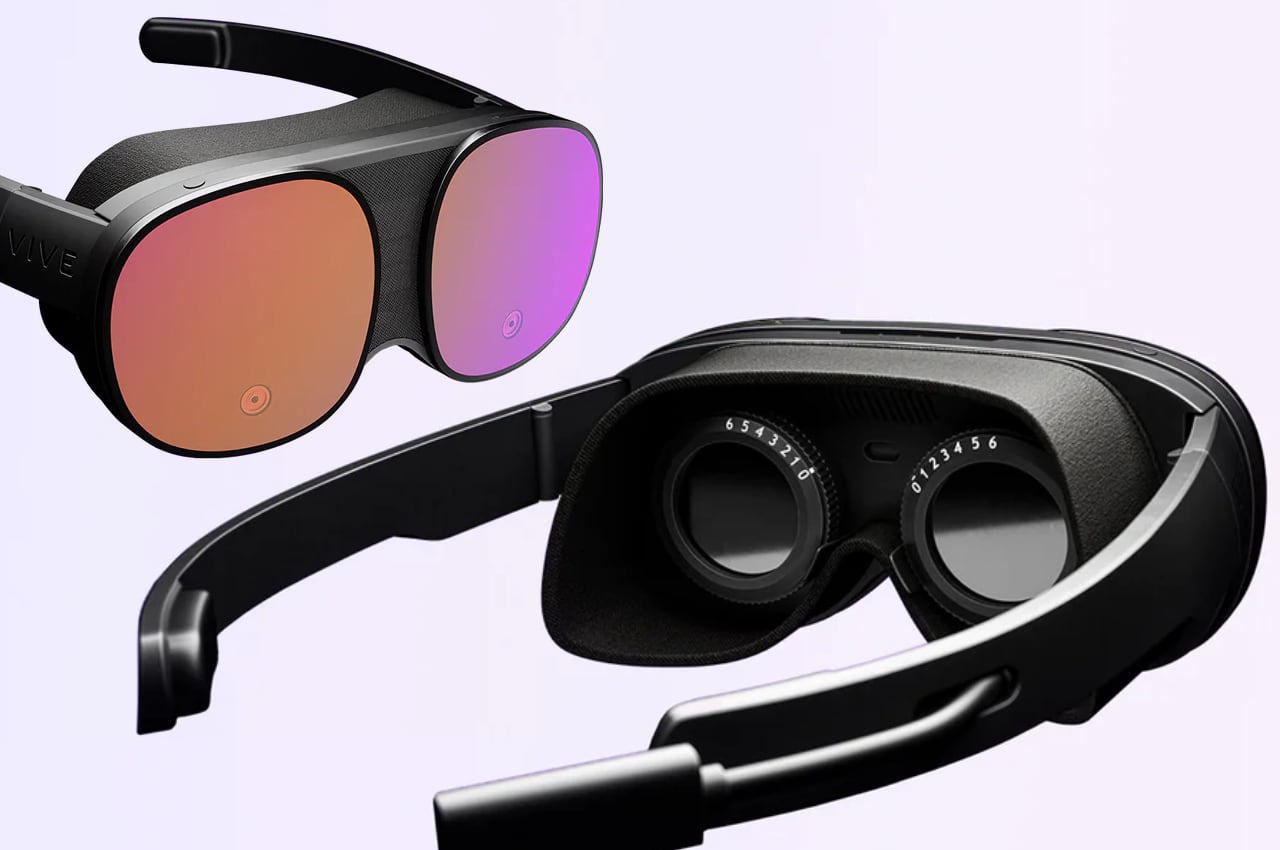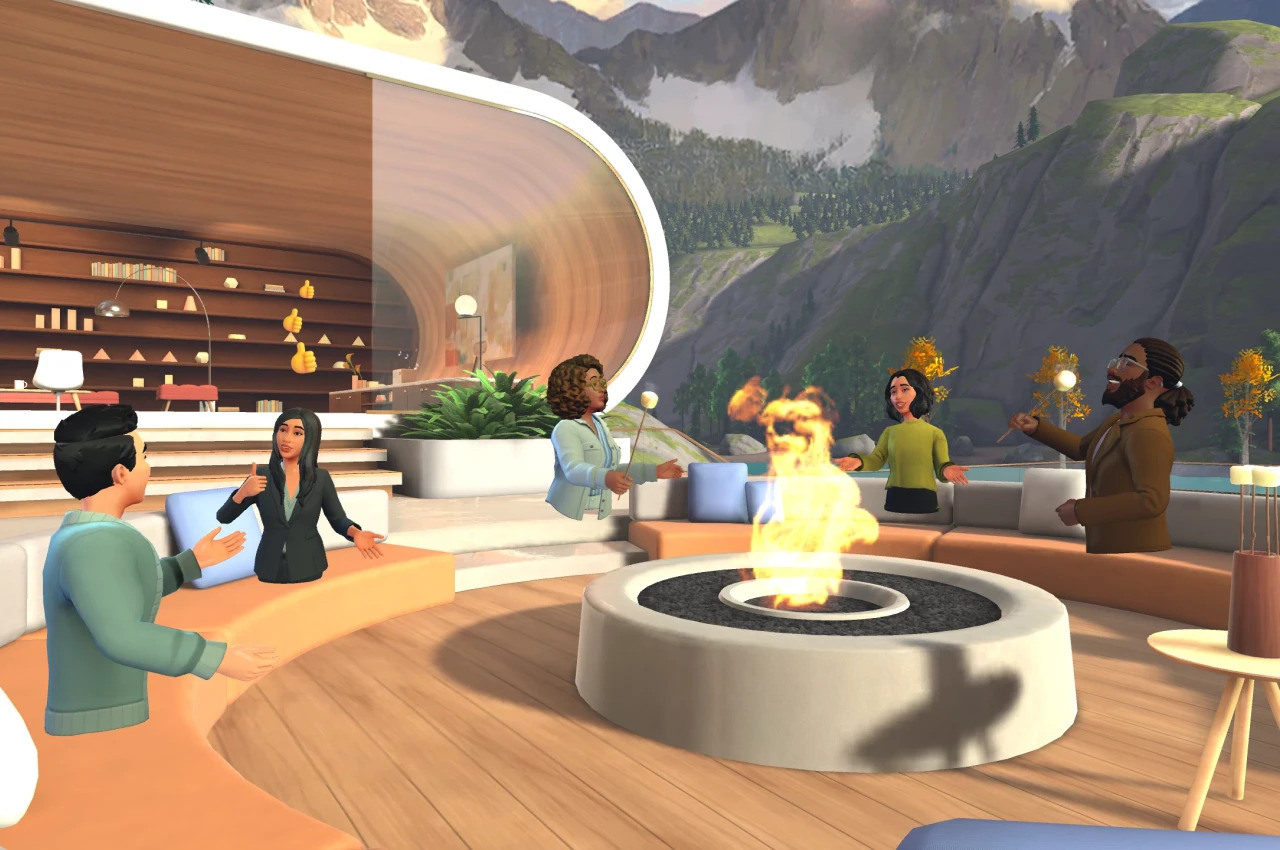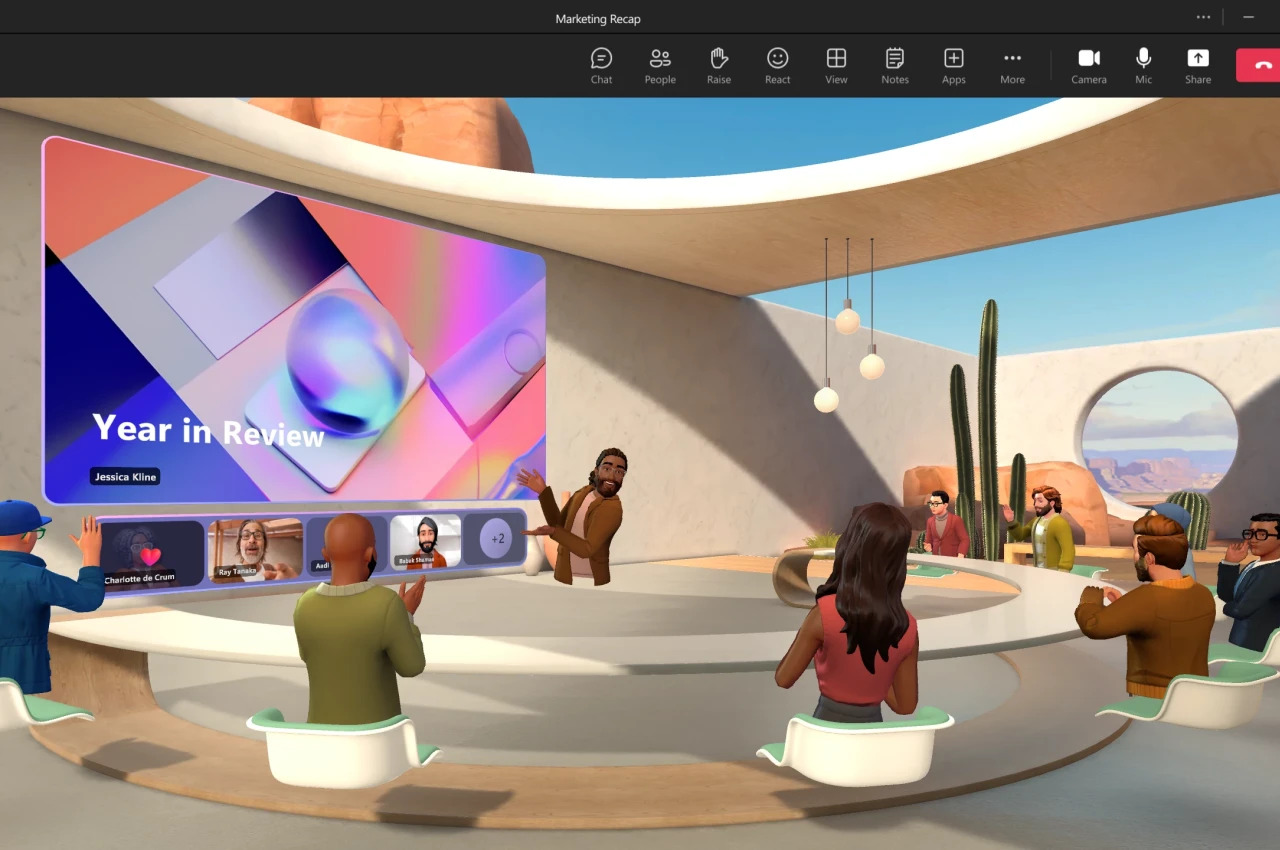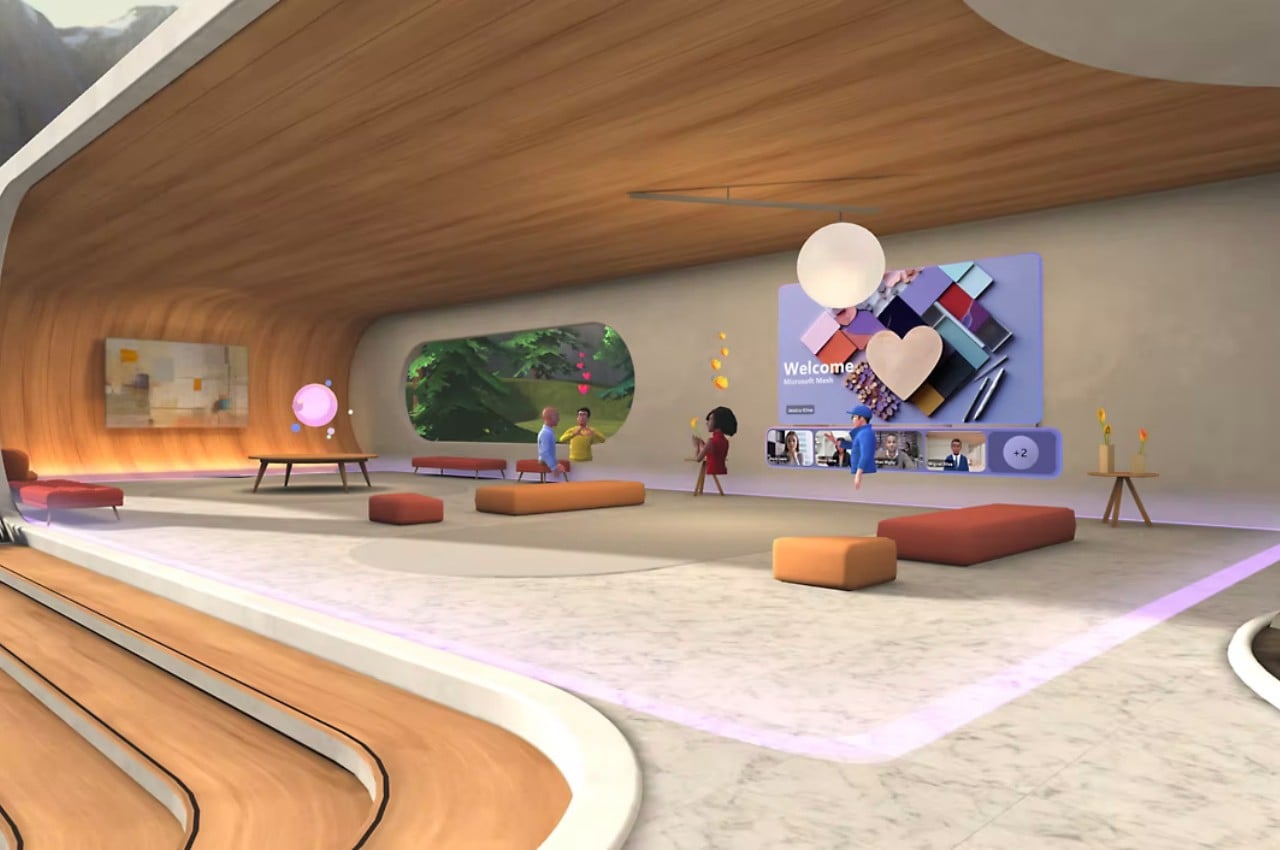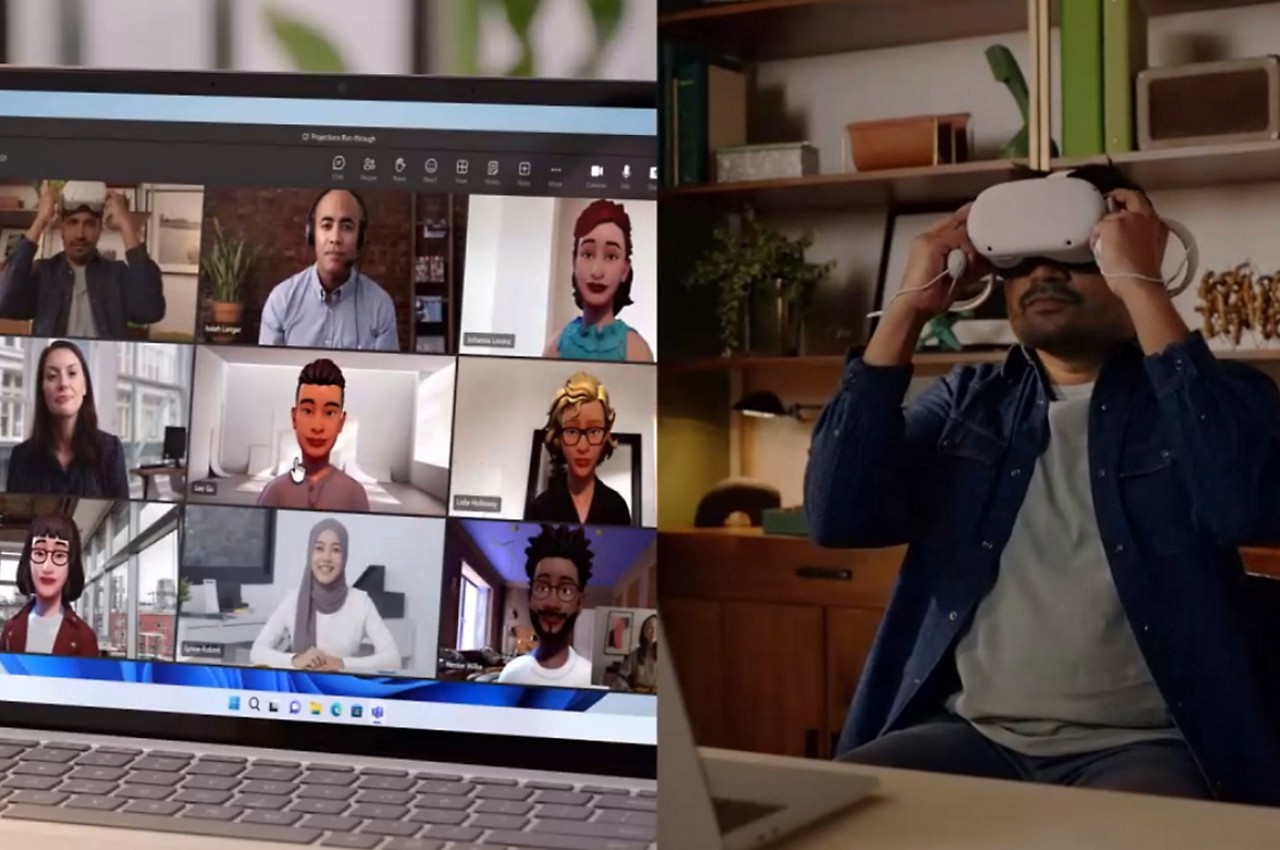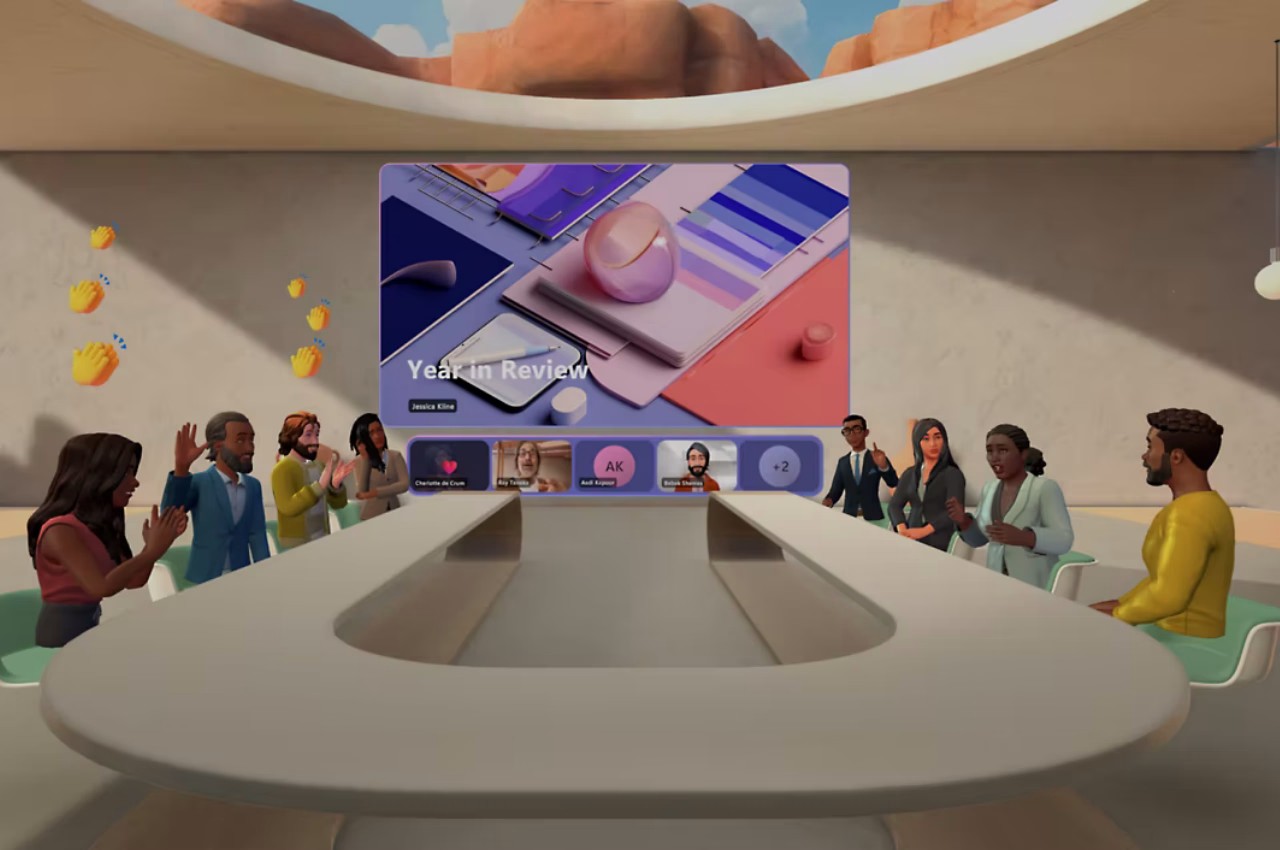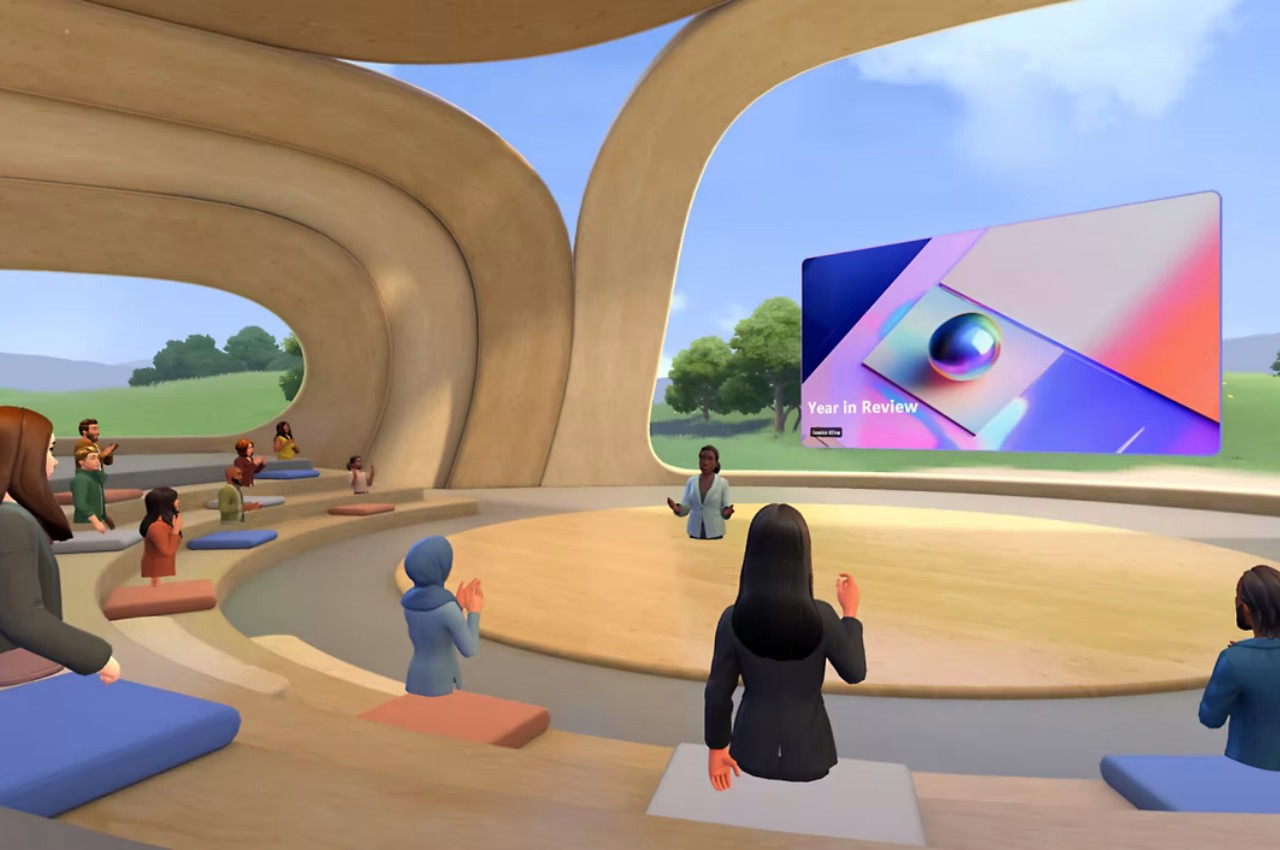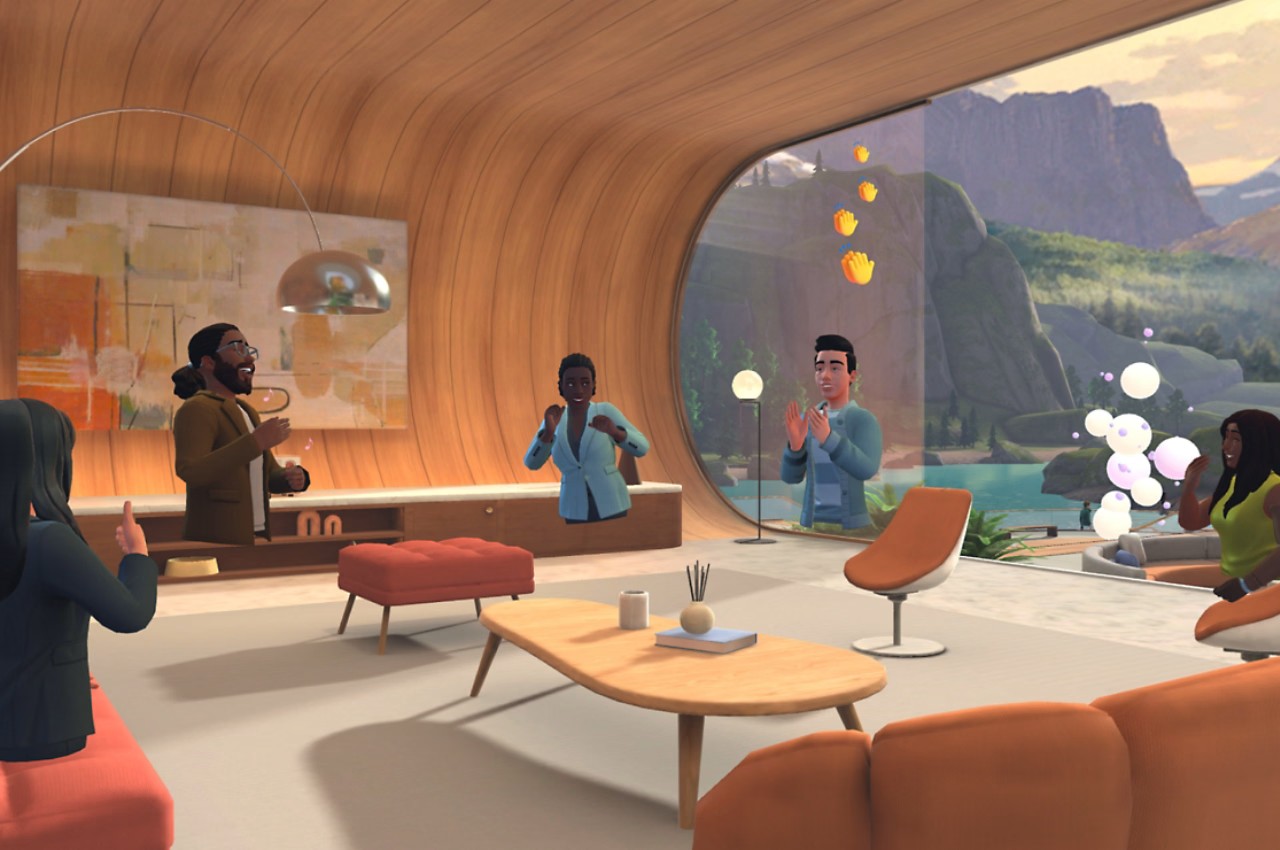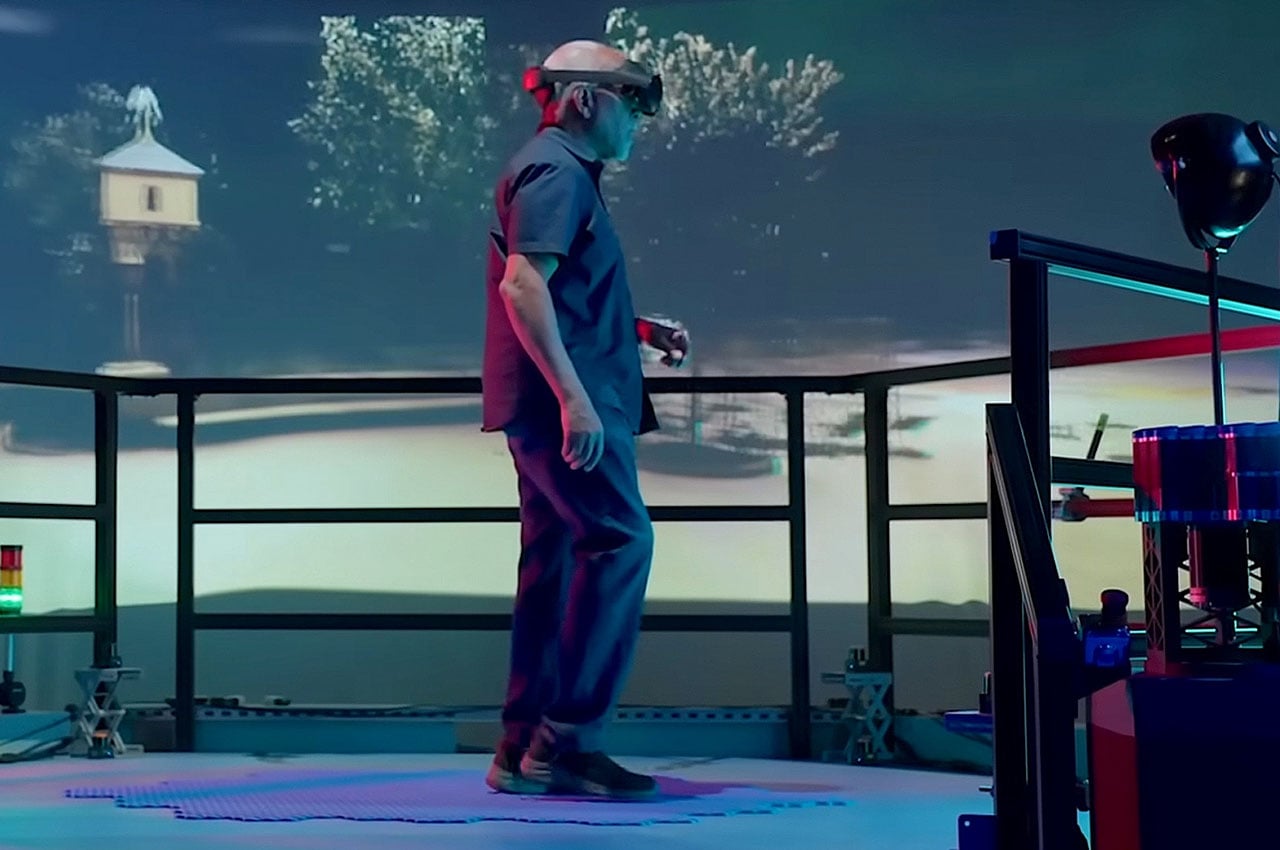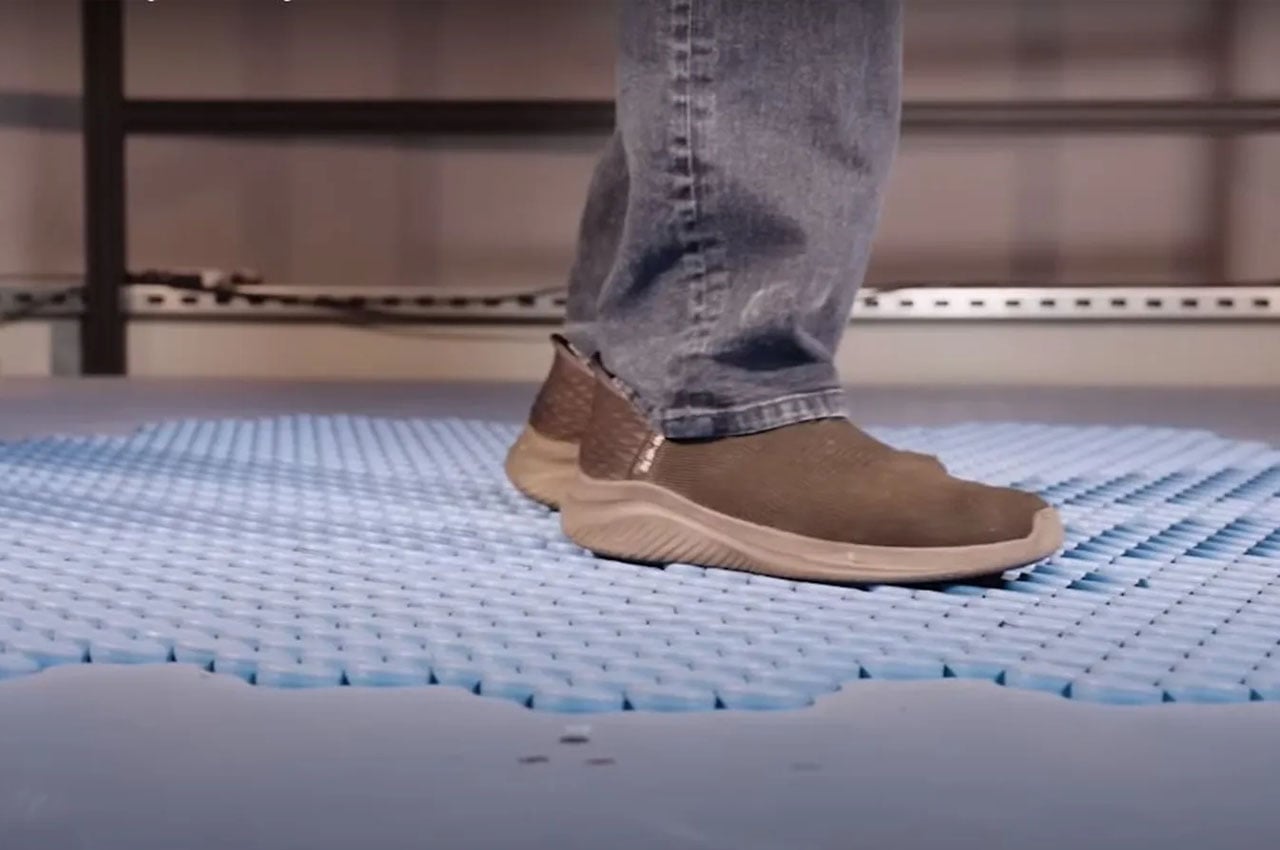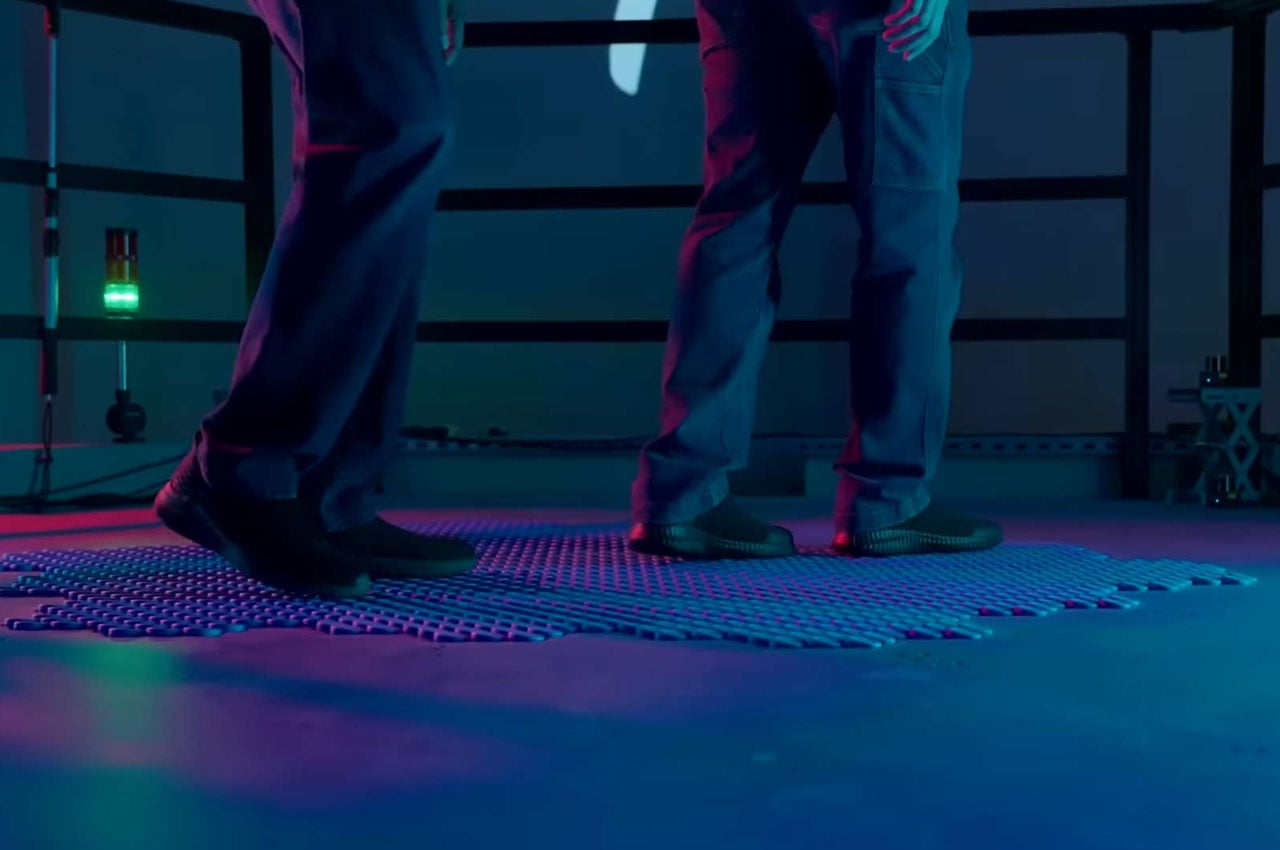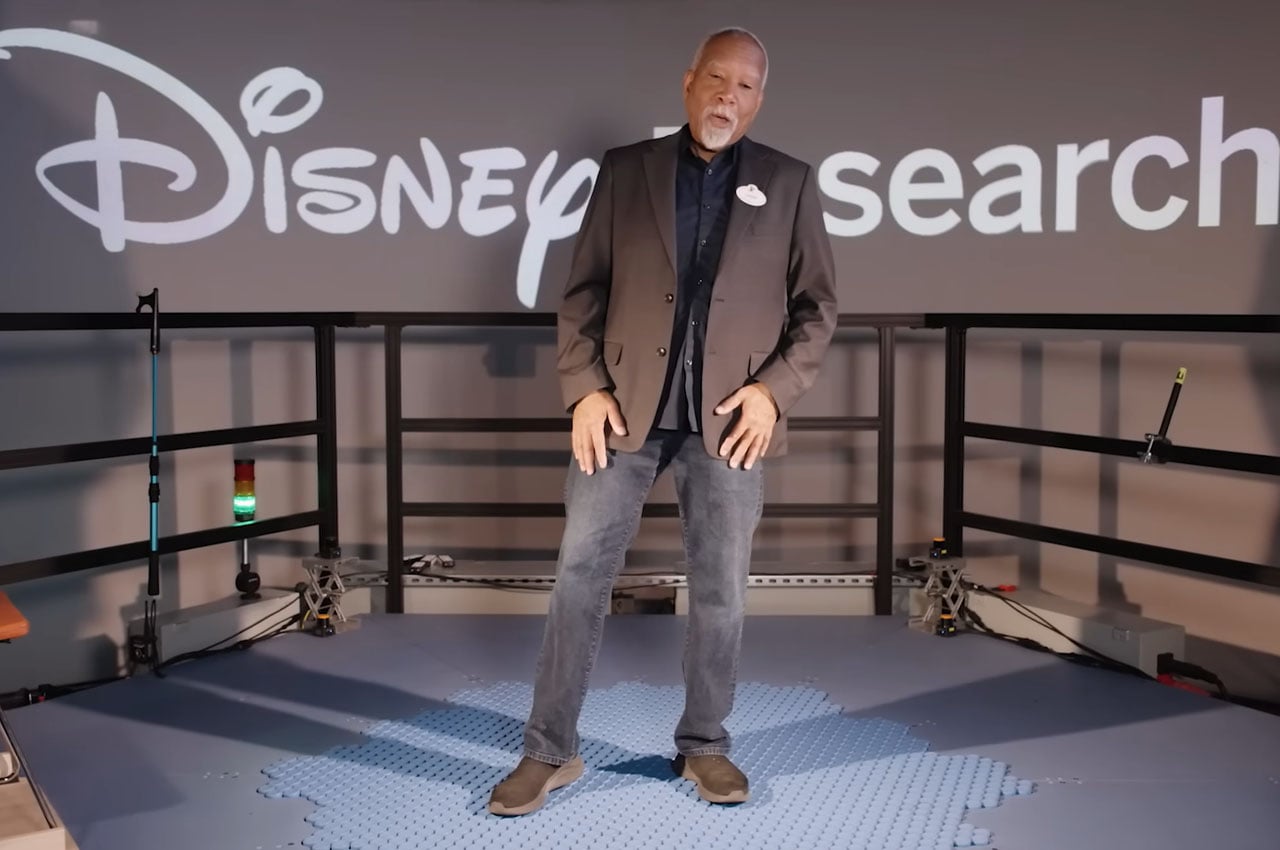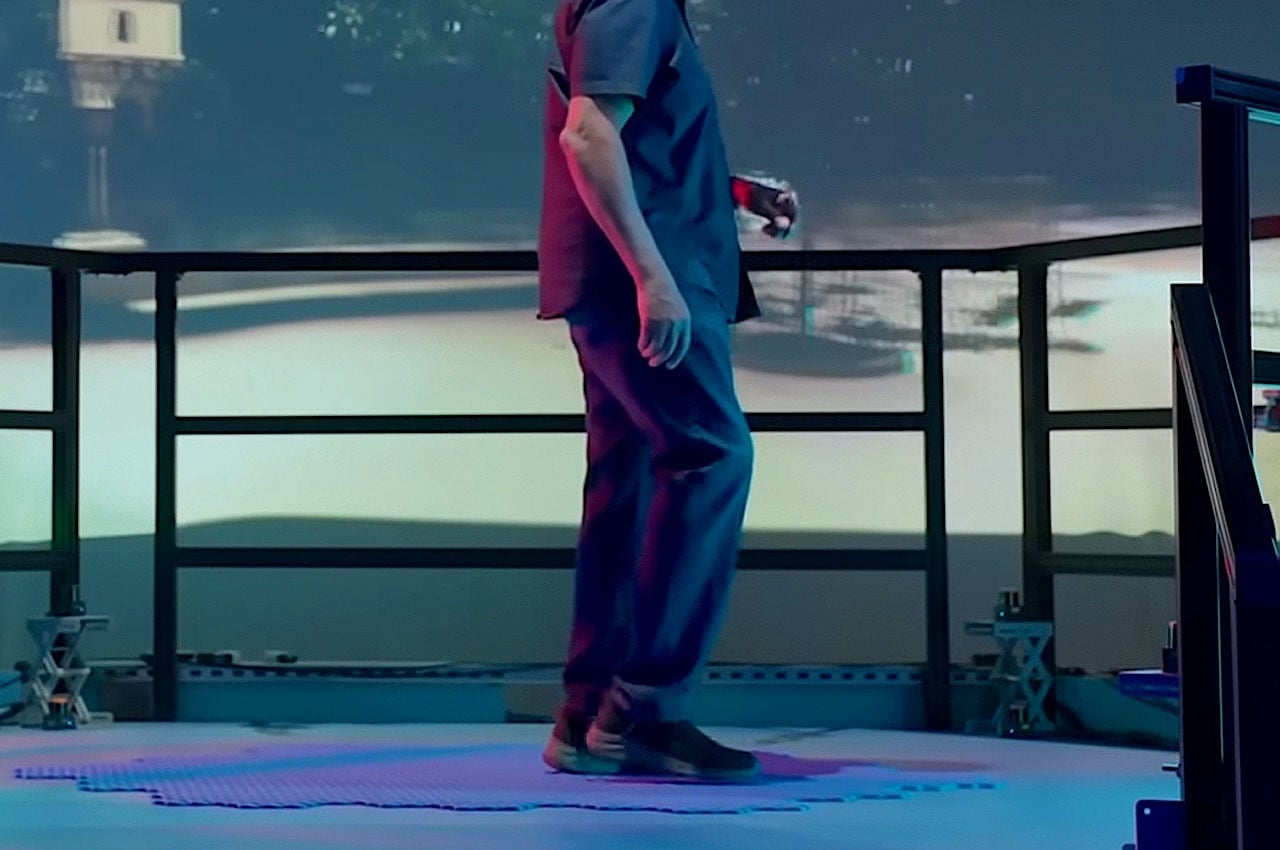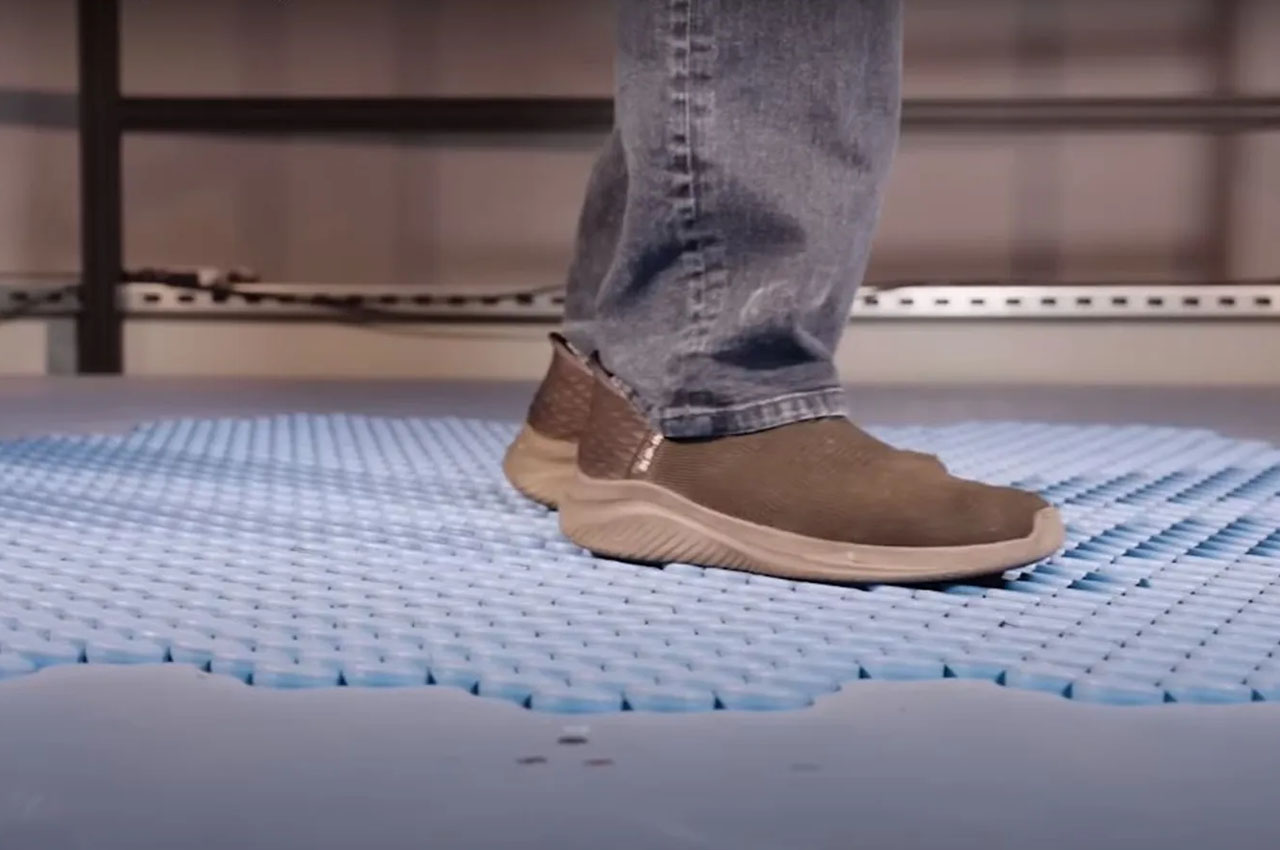Honda introduced the UNI-ONE personal mobility chair for people with lower limb immobilization at the end of 2022. The Segway-like version for people who want an advanced electric wheelchair contraption with flexible movement capabilities will officially debut at South by Southwest (SXSW) in Austin, Texas, next month, with a VR application twist.
The Japanese automaker will leverage the self-balancing personal mobility device (mostly intended for the disabled) for a seamless virtual reality world, which they are calling the “Honda Extended Reality (XR)” experience. The idea of fusing the real-world riding on the UNI-ONE with the virtual world environment sounds like a winning proposition, and Honda doesn’t want to let go of the opportunity.
Designer: Honda
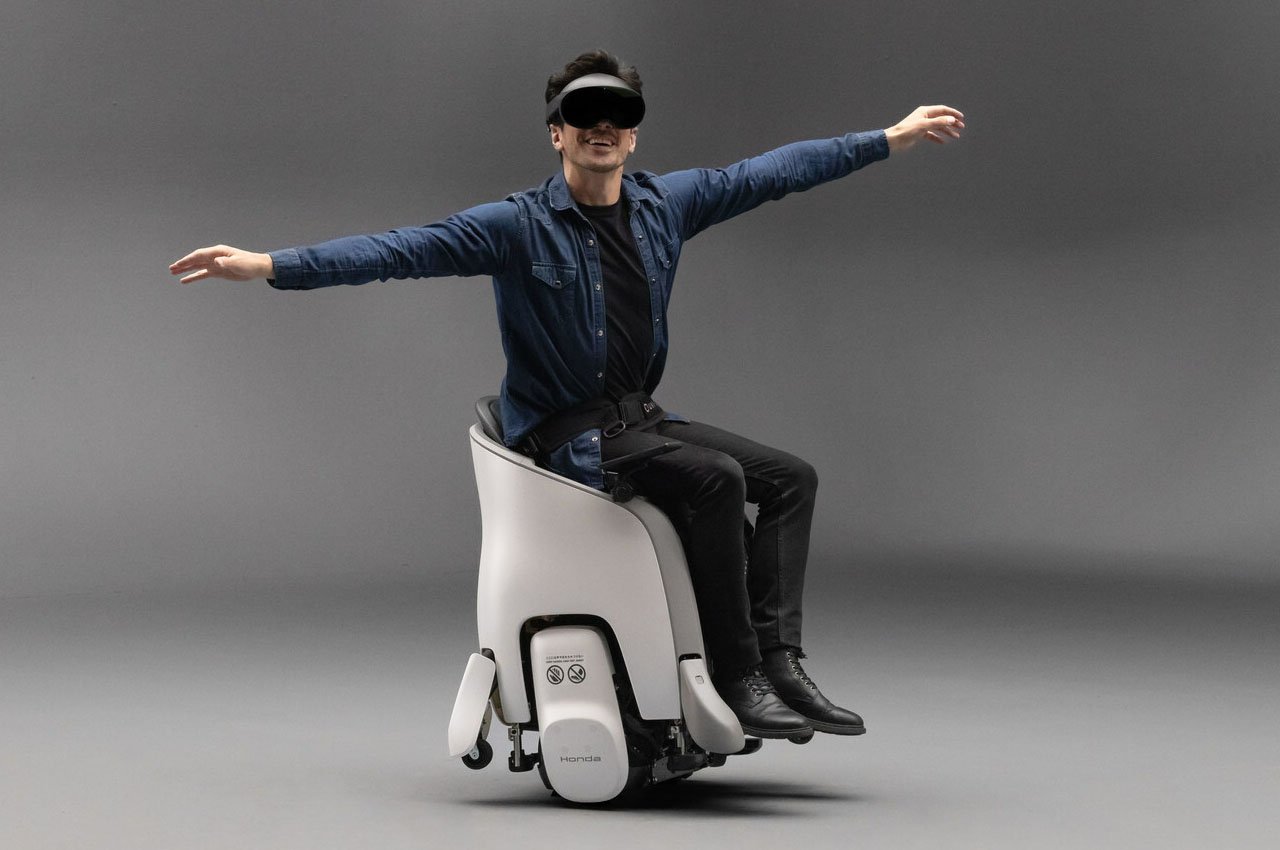
The SXSW attendees will get the opportunity to get first-hand exposure to this unique VR experience from 10-13 March at Honda’s booth #729 at the SXSW Creative Industries Expo at the Austin Convention Center. This amalgam of two different technologies is directed towards solving the hardware limitation of a comprehensive metaverse reality that is otherwise only limited to the visual input and confined to a limited space. According to Hirokazu Hara, vice president of New Business Development, at American Honda Motor this will expand the “joy and freedom of personal mobility into entertainment applications.”
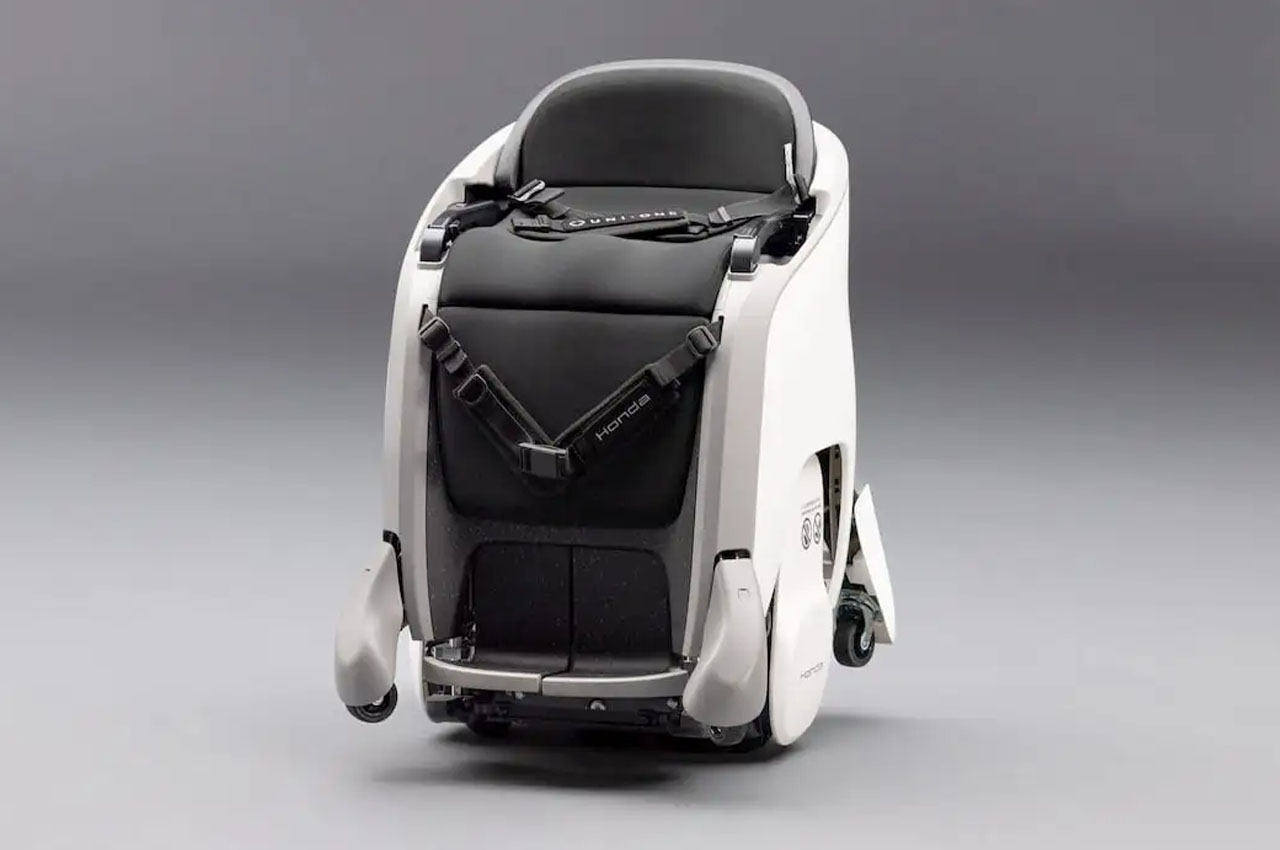
Hirokazu further added that the never-before thought of combination will elevate the multimodal immersive experience three-fold. The self-balancing tech dubbed Honda Omni Traction Drive System (HOT Drive System) and the advanced sensors on the 154 pounds UNI-ONE (permitting movement and tilt in any direction) will leverage a new VR and AR entertainment. This will shoot the extended reality technology and application development possibilities to another level, inducing the interest of early adopters more than ever before.
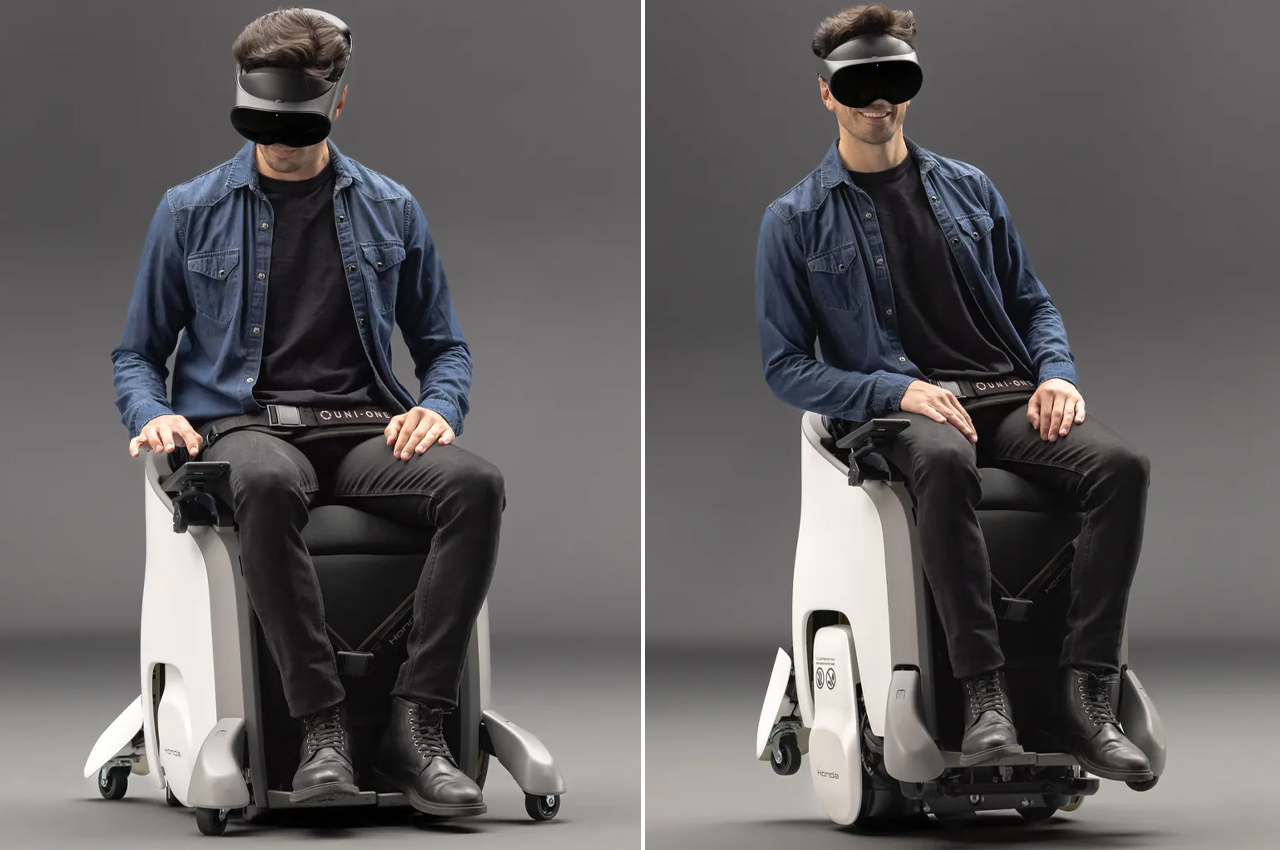
For instance, racing through a track on a virtual planet with lesser gravity than on Earth will be possible on a hands-free device capable of going at a top speed of 3.7 mph. The rig will combine the visual input from a VR headset and the freedom of movement to make the user feel as if racing on a real track in an alien landscape. The fact that Honda is vesting so much interest in this possibility with the UNI-ONE speaks a lot about how the future is going to pan out in the Metaverse world. According to Honda the extended reality (XR) technology will be perfect for malls, theme parks, or any other indoor or outdoor entertainment hubs with a lot of open space to move around.
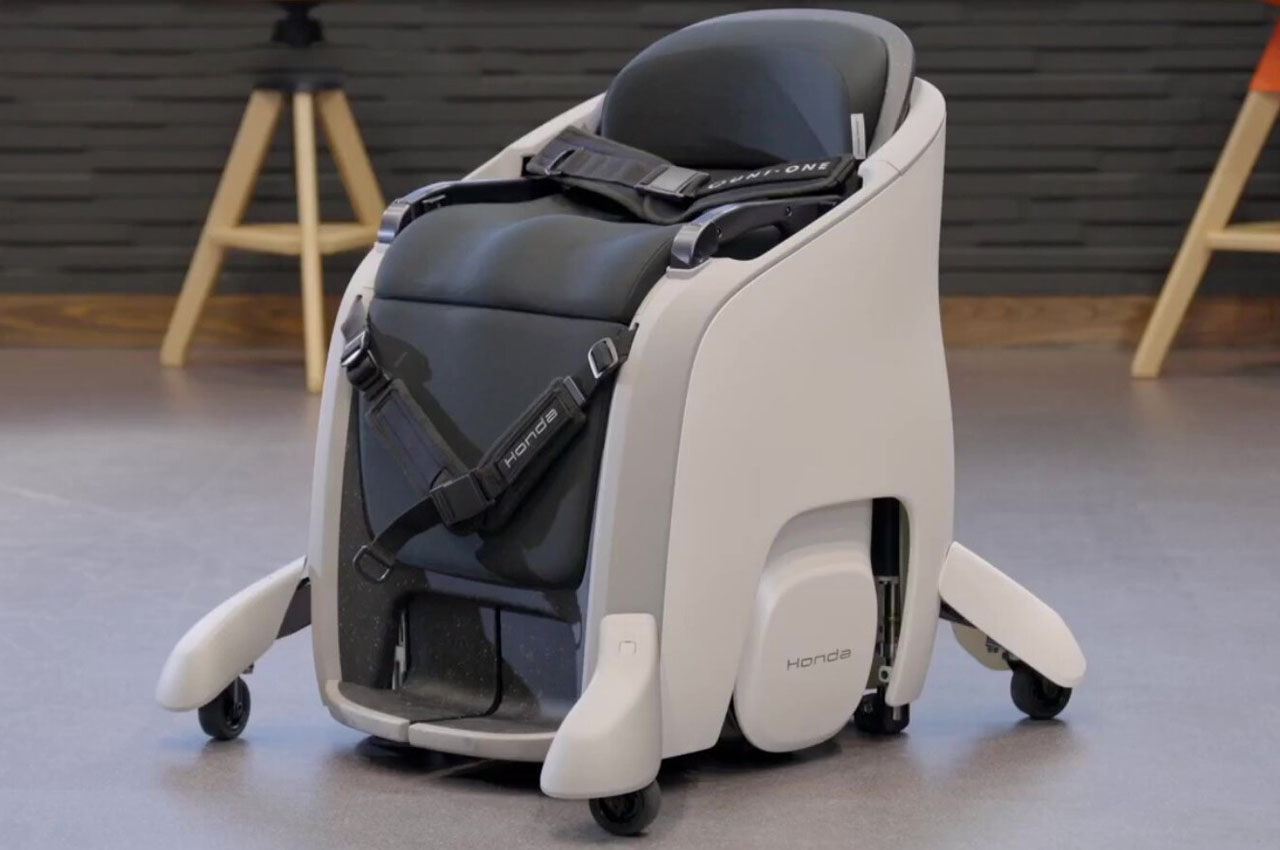
The post Honda UNI-ONE wheelchair finds innovative use in VR worlds as extended reality mobility experience first appeared on Yanko Design.
